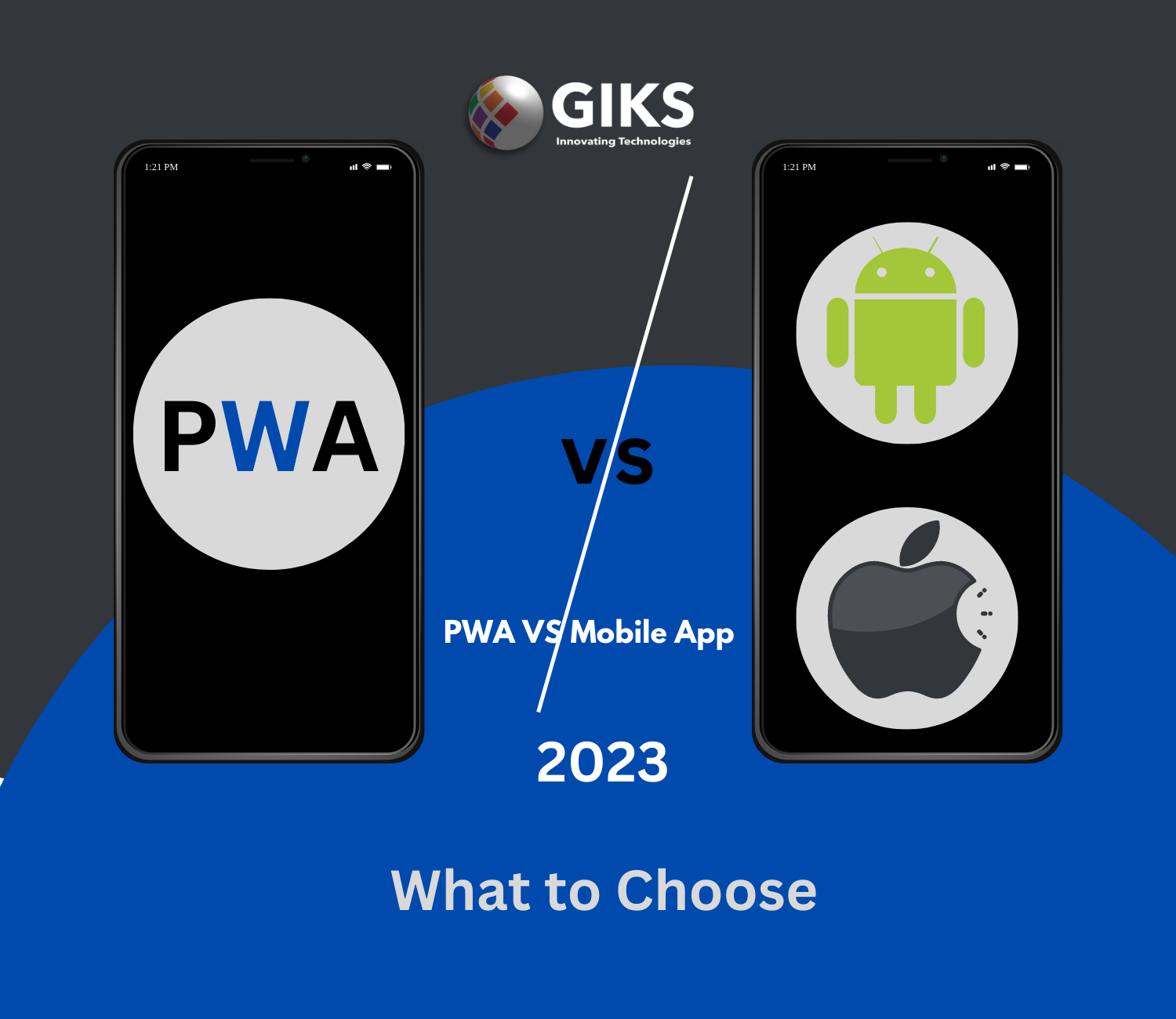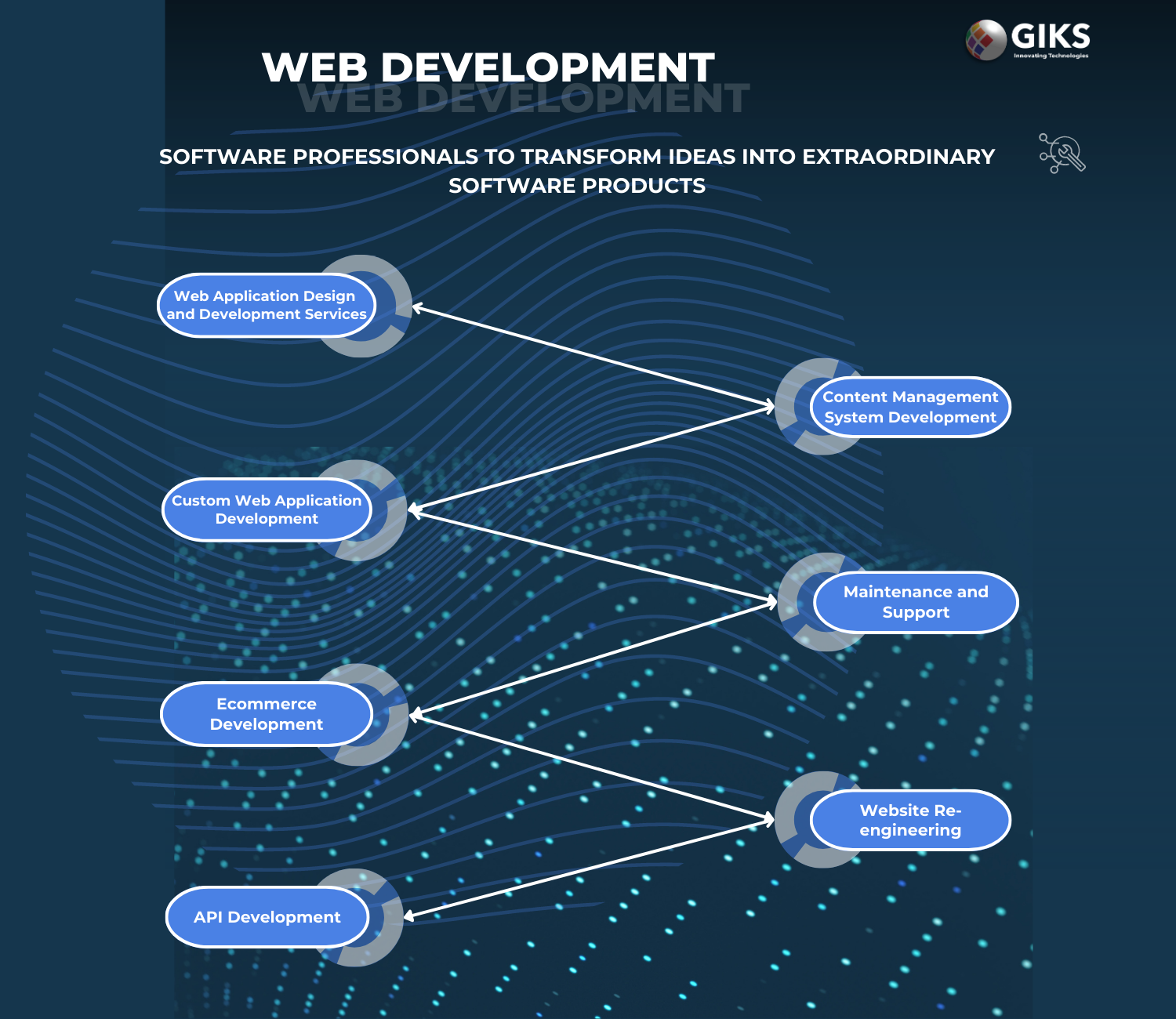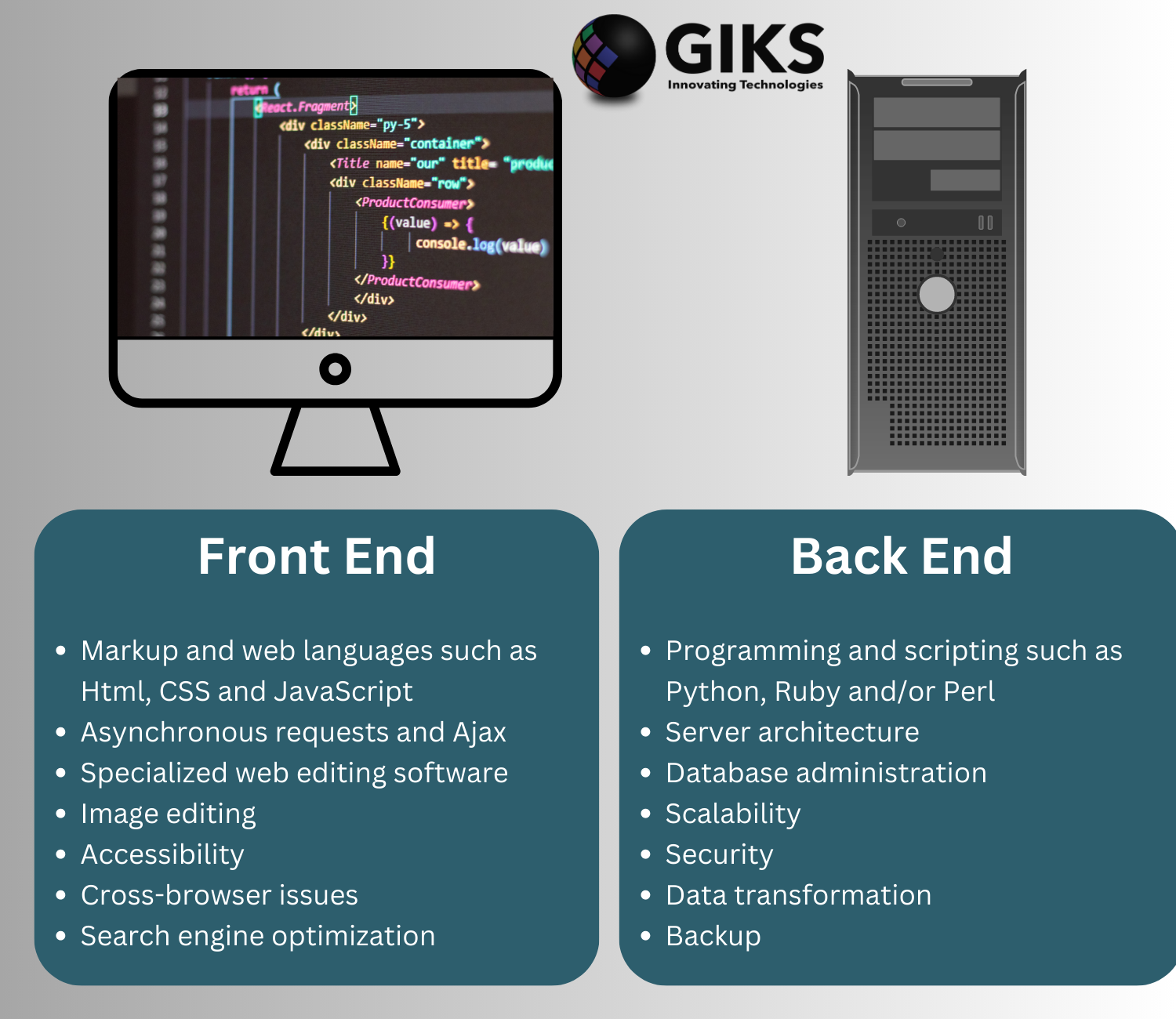Introduction:
In today's digital age, businesses must offer seamless user experiences across various devices to stay competitive. As the demand for mobile-friendly solutions continues to grow, developers and businesses are faced with a critical decision: whether to invest in Progressive Web Apps (PWAs) or traditional Mobile Apps. Both options have their merits and limitations, making it crucial to assess the unique needs of your project before making a choice. In this blog, we will compare PWAs and Mobile Apps to help you make an informed decision on which path to choose in 2023.
Accessibility and Cross-Platform Compatibility:
PWAs are web applications that provide a native app-like experience, accessible through web browsers on any device. They can be accessed by users without downloading and installing from app stores, making them instantly accessible. On the other hand, Mobile Apps must be developed separately for each platform (iOS, Android) and require users to download and install them from the respective app stores. In terms of cross-platform compatibility and accessibility, PWAs have a clear advantage, reducing development and maintenance efforts.

Performance and Speed:
Mobile Apps are usually faster and more responsive as they are installed directly on the device and have access to native features. However, with advancements in browser technology and service workers, PWAs have come a long way in narrowing the performance gap. PWAs can cache resources, allowing them to load faster, even in low or no internet connectivity. While native apps still have an edge in performance, PWAs have significantly closed the gap and continue to improve.
Installation and Storage:
PWAs don't require installation from an app store, saving users' time and device storage space. They can be added to the home screen with a single tap, and users can enjoy the full app experience without using valuable storage. Mobile Apps, on the other hand, demand installation, which can deter users with limited storage space or slow internet connections. In this aspect, PWAs provide a more lightweight and user-friendly solution.
Updates and Maintenance:
Updating a PWA is seamless, as users always access the latest version through their browsers. On the contrary, Mobile Apps require regular updates through app stores, which may be inconvenient for users and may lead to app version fragmentation. PWAs ensure everyone has access to the latest features and improvements without any manual intervention.
Device Features and Native Capabilities:
Native Mobile Apps have an advantage when it comes to leveraging device features like push notifications, camera access, and GPS functionalities. While PWAs have made strides in accessing some native capabilities through APIs, they may still have limitations compared to fully native apps. If your project heavily relies on unique device features, a Mobile App might be the better choice.
Conclusion:
In 2023, the choice between PWA and Mobile App depends on the specific needs of your project and your target audience. If accessibility, cross-platform compatibility, and fast deployment are critical factors, PWAs offer a compelling solution. They provide a seamless user experience, require less storage space, and simplify updates and maintenance. On the other hand, if your project demands extensive access to native device capabilities and an enhanced level of performance, a Mobile App might be the preferred option. Ultimately, the decision between PWA and Mobile App requires a careful evaluation of your project's requirements, budget, and long-term goals. In many cases, a hybrid approach that combines the strengths of both PWAs and Mobile Apps could be the ideal solution to cater to a diverse audience and ensure a successful digital presence in 2023 and beyond.



